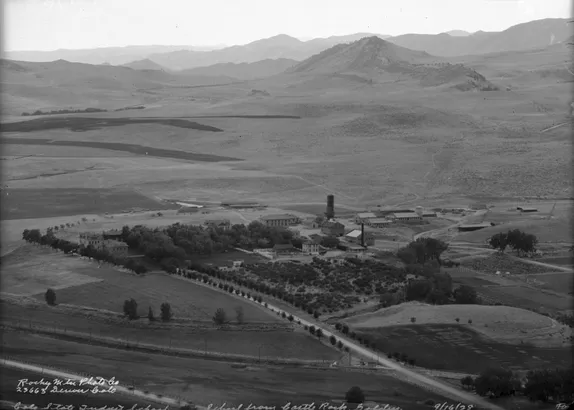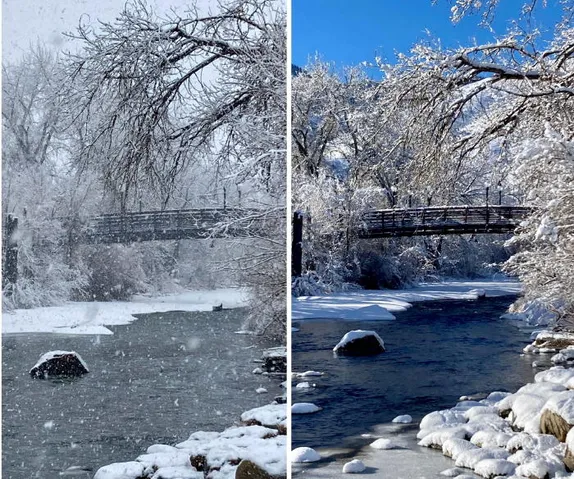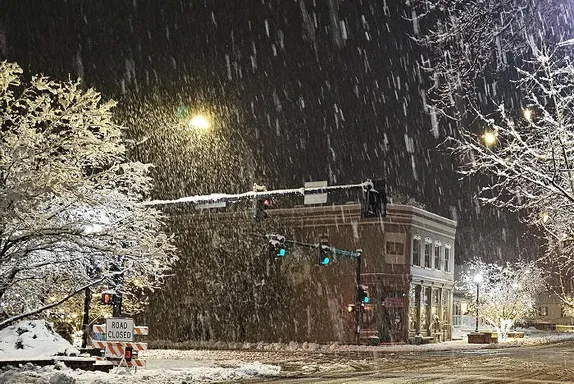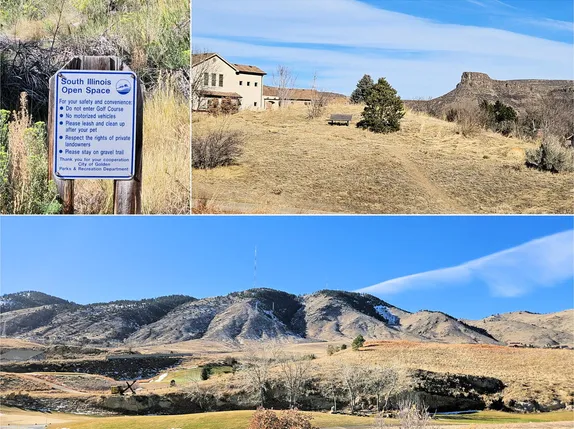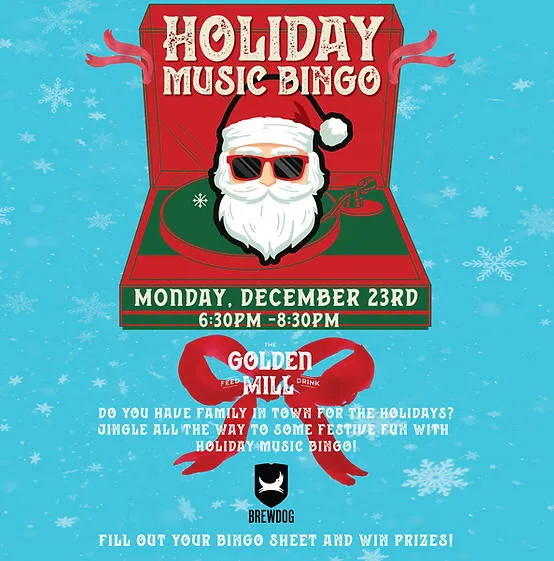
COVID Updates

Appointments to Get the COVID Vaccine (Eligibility)
State of Colorado’s Find Out Where You Can Get Vaccinated page | Lutheran Medical Center | JCPH Clinic in Arvada (70+ only) | www.vaccinespotter.org/CO/
Jefferson County Public Health’s COVID-19 Vaccine Call Center: 303-239-7000 | State Hotline to answer questions, including location of vaccine providers: 1-877-268-2926. It is staffed 24 hours a day
Golden Testing Sites
Mines COVID Testing | Jeffco Fairgrounds COVID Testing
More Public Health References
School of Mines COVID-19 case page. | Sign up for exposure notifications | CDC | Colorado | Jefferson County | City of Golden
Virtual Events
6-6:55AM Virtual Dynamic Circuit
8:30-9:30AM Virtual Power Training
10:15AM Spanish Story Time with the Library
11:45AM All Levels Yoga Virtual
2-3PM Active Minds Mondays – Eleanor Roosevelt
4-4:30PM Kids Martial Arts Class
4-5PM Recursos Digitales
5-6PM Young Readers Book Club
6-7PM Virtual/Llamar: Preguntas y Respuestas sobre la Vacuna de COVID-19
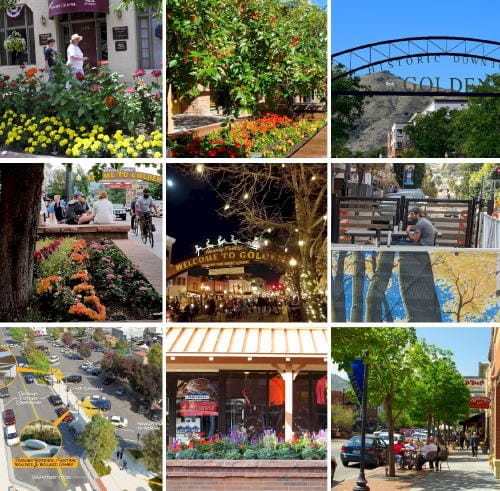
6:30PM Downtown Development Authority Meeting
City Council recently passed an ordinance that allows downtown businesses to use the parking lane as an extension of their business. Tonight, the DDA will discuss purchasing “Architectural Fencing” for the use of those businesses, to separate customers from cars. They will consider purchasing 600 feet of fencing for $165,000.
They will also begin a comprehensive discussion of downtown streetscaping. The streetscape (planters and trees) along Washington Avenue was installed in1992. After that, 13th Street from Washington to Ford was spiffed up, to help attract Coors visitors into the downtown area. The north side of 12th Street got new sidewalks after Mitchell Elementary was torn down, as new buildings were constructed. Currently, staff is working on beautifying Miners Alley by adding festive overhead lighting. The recently-passed West Downtown neighborhood plan calls for removal of the diagonal parking spaces along Arapahoe and installation of bike lanes and places to sit. Tonight, the DDA will discuss the long-range overall streetscaping plans. For more information, see the meeting packet.
Golden History Moment
Greatest Hits Week: To celebrate a full year of writing Golden History Moments, I’m re-running some of my favorite articles. This article about Golden’s trash originally ran on July 22, 2019, with a follow-up on July 23rd.
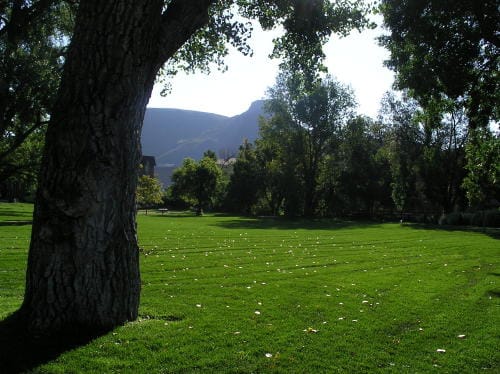
Before the Kiwanis Club created Parfet Memorial Park, that piece of ground was the town dump. When the dump was dislodged from that location, the city was forced to find somewhere else to serve in that capacity. So I began researching how Golden has dealt with its leavings over the years.
For decades, the accepted practice was to take your refuse beyond the city limits and dump or burn it there. A June 18th, 1903 article in the Colorado Transcript chided residents for using streets and alleys as common dumping grounds for old shoes and clothes, decaying vegetable and animal matter. An October 8, 1903 article added that both sides of Washington Avenue on the north side of the creek were used as a dumping ground for old bottles, trash, and dead cats.
The dump moved around over the years, and the Transcript generally didn’t specify the location, since its readers at the time would have known where “the dumping ground” was. In addition to Parfet Park, various articles indicated that the dump was located on 10th Street, on 11th Street, on 44th Street, “on the main Golden-Morrison road,” and near the water treatment plant.
Rats were a recurring problem. A 1921 article says that “people living near the city dump–especially those who keep chickens–are being plagued with rats. Some exceptionally large specimens have been trapped on 12th St.” A 1923 article reports that rats from the dump travel all over the city. In 1928, “the marshals” poisoned the rats, so citizens were advised to keep their pets away from the dump. In 1929, the city “made war” on the rats. They used poison, and “one man with a small rifle killed several dozen in the space of a few minutes on the creek bank at Eleventh Street.” One promising Golden High School student was praised for spending much of his spare time shooting rats at the city dump.
Does it seem strange that the city would have placed the town dump in such unarguably residential areas as 11th Street or 10th Street? The theory was that people would only bring “sanitary” waste to the dump. That meant things that weren’t going to decompose, attract rats, and produce undesirable odors. That included cinders, branches, leftover construction materials, and other reasonably “hard” things. They were used to create landfill.
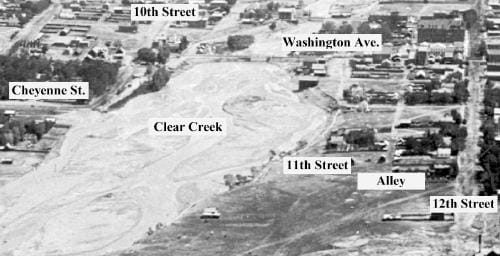
The creek bed used to be much wider than it is now. The ground holding the Clear Creek History Park is landfill, as is some of the land supporting City Hall. When the City moved the dump to 11th Street, it’s because they wanted to make the bank higher and 11th Street wider.
The members of the council had considerable discussion regarding a suitable dumping ground. Previous to a decision made several weeks ago to use Eleventh Street, between Arapahoe and Cheyenne Streets as a dumping place, everything was piled east of Parfet Park. Very strenuous objection, however, on the part of the Eleventh Street residents against using their street as a general dump makes it necessary that a new location must be sought where ashes and perishables may be deposited. Dirt, cinders and clean debris will be permitted to be dumped on Eleventh street to widen out the street.
Colorado Transcript, October 10, 1929
In 1948, the city instituted curbside garbage pickup. It was collected every day in the downtown section and twice weekly in residential neighborhoods (thrice weekly during the summer). The city paid a company $1200/year to provide this service. Garbage was strictly defined as food waste, because the collection was used to feed hogs.
Well into the 1960s, small, flammable trash items were generally burned in backyard trash barrels. This practice was banned in the early 1970s, when the Clean Air Act was passed. Larger items were too often dumped in alleys, convenient gullies, or along country roads. The City finally enacted an ordinance that required curbside trash pickup in Golden in 1967. Some residents protested, considering the ordinance to be an overreach of government power, but the Golden has definitely been a cleaner place since we adopted mandatory garbage collection.
Many thanks to the Golden History Museum for providing the online cache of historic Transcripts, and to the Golden Transcript for documenting our history since 1866!

